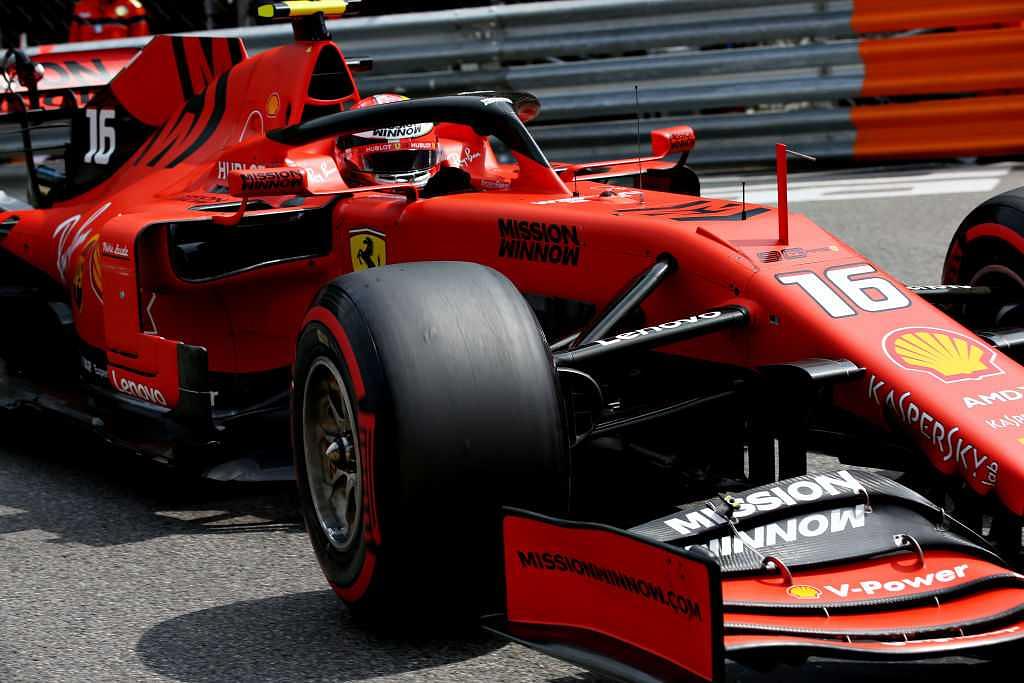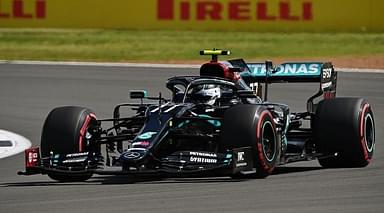The Formula 1 cars are some of the fastest beasts in the world, with speeds consistently crossing 200 miles per hour. And naturally, they cost a huge amount of money to be built.
The cost mostly depends on how much the teams are willing to spend on its development. Traditionally, F1 giants such as Ferrari and Mercedes spend the most, with cost estimates of over $400 million. On the other hand, minnows like Haas spend less than what the two giants spend on it.
But to level the playing field and make the races more competitive, the FIA has developed a cost cap to be implemented in the upcoming seasons. As per the cost cap, Constructors can spend a maximum of $135m on car performance factors. This is expected to go a long way in helping smaller teams achieve more success than they currently do.
Though, in the latest update by the FIA, teams are now given a breathing room of $1.2 million more due to the increased number of races and expanding the budget for every race by $600,000.
Mercedes lay bare eye-watering cost to repair Lewis Hamilton’s F1 car after Grand Prix crashes https://t.co/ZmBBwNMNsa pic.twitter.com/5BAeITxVdo
— Mirror Sport (@MirrorSport) June 12, 2020
With the high cost of constructing an F1 car, it becomes challenging for new constructors/teams to get into the sport. Teams also need to consider the logistics of moving these cars worldwide throughout the season and accounting for damages during a race weekend.
How much do F1 car components cost?
The Engine is the most important unit of an F1 car and is naturally the most expensive. The turbocharged 1.6-litre V6 engines used currently cost approximately $10.5 million. The actual cost, of course, depends on the plans and cost-cutting efficiency of the teams.
Read more: F1 Engine Specs 2020 : How powerful are Formula 1 engines, what are its components?
The Front and Rear Wings play a crucial part in balancing the car when going through a high-speed corner. Teams often change the design of their wings after every race, depending on the requirement of the track. The front and rear wings are approximated to cost around $150,000 and $85,000.
The steering wheel and gearboxes are there for drivers to control the cars on the race tracks. A decent steering wheel costs around $50,000, while gearboxes cost over $400,000. The hydraulics in the F1 cars are estimated to cost around $170,000.
Also Read: How much do F1 tyres cost? Complete cost structure
The Halo, a titanium structure above the car’s cockpit, is a brilliant F1 invention that protects the drivers from debris flying off from other cars. The cost of it is estimated to be around $17,000. The external structure of an F1 car, i.e. chassis, is made of carbon fibre monocoque and costs around $650,000-$700,000.
| Car Parts | Price |
| Front wing: | $1,50,000 |
| Halo | $17,000 |
| Set of tires | $2,700 |
| Steering wheel | $50,000 |
| Engine Unit | $10.5 million |
| Fuel Tank | $1,40,000 |
| Carbon Fibre (Chasis) | $6,50,000 – $700,000 |
| Hydraulics | $1,70,000 |
| Gearbox | $4,00,000 |
| Rearwing | $85,000 |
| Total Car Cost | $12.20 million |
How will cost caps reshape F1?
The cost caps implemented in 2022 aim to enhance the competition in the grid by preventing the teams with deep pockets from having an edge because of their financial might.
Teams like Alfa Romeo, who signed Guanyu Zhou this year, saw a financial boost through sponsorships. They claimed that they had matched the designated budget. Thus, it gives them a level field against the top teams.
The regulation cap, as of now, doesn’t include the drivers’ salaries. But it surely includes the logistical and repair costs, which have propelled several teams to urge FIA to increase the budget.
Especially the teams like Mercedes, Ferrari and Red Bull have not been fine with the cost caps. On the other hand, the sprint races are also becoming a part of the selected Grand Prix weekends. F1 teams have constantly reiterated that those races pose massive repair costs.
Thus, they have asked the governing body to swell the budget so the teams can afford it. So, it is apparent that with the repairing and degradation costs included, teams can no more bring in revolutionizing engineering in the middle of the season that can allow them to have the edge over others.
That’s why a team like Mercedes is struggling this year, as they can no more make an overhaul in their car after five-six races and come back to their winning ways because they have to mind their limited resources and can’t be careless about what they spend.



